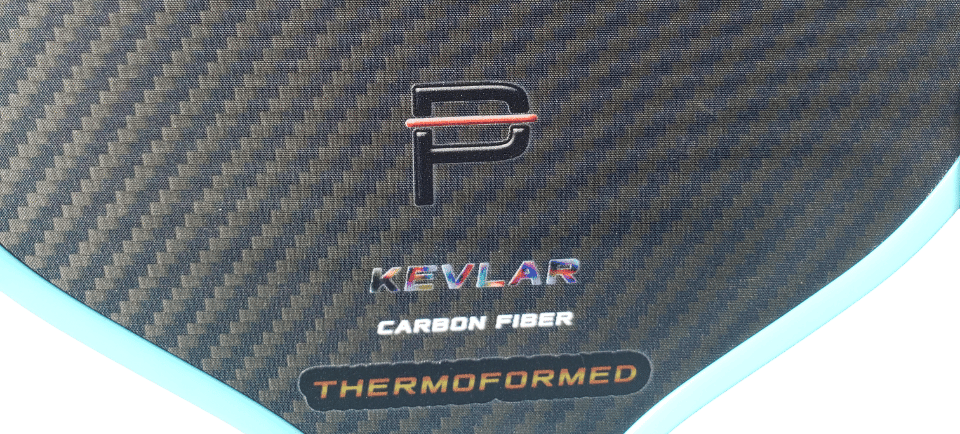
Kevlar Paddle vs Carbon Fiber Paddle
TECH CORNER
11/29/20242 min read


When choosing between Kevlar and carbon fiber pickleball paddles, it's essential to consider their distinct characteristics: Kevlar paddles are known for their excellent durability and resistance to wear, providing great sound and pop, which can enhance ball control and precision. In contrast, carbon fiber paddles are celebrated for their lighter weight and increased stiffness, allowing for faster swings and improved power. Players who value quick maneuvers and aggressive plays may prefer carbon fiber, while those seeking longevity and a consistent feel might lean towards Kevlar. Ultimately, your choice will depend on your personal playing style and preferences.
Kevlar Pickleball Paddles
Durability
Kevlar's exceptional strength and resilience make it an ideal material for pickleball paddles, offering impressive durability that can endure the rigors of high-impact play. Players who engage in frequent matches or are tough on their equipment will benefit from the long-lasting performance of Kevlar paddles, ensuring they remain in top condition despite rigorous use.Power
Kevlar paddles offer enhanced stiffness, which contributes to efficient energy transfer during play, enabling players to execute powerful shots. This characteristic makes them particularly suitable for aggressive players who focus on delivering forceful drives and smashes to control the game.Control
Kevlar paddles provide a beneficial blend of power and control, making them an attractive option for intermediate and advanced players. The material's rigidity contributes to a sharp feel upon contact, enabling precise shot placement while still delivering significant power. This combination helps players improve their overall performance and enhances their strategic play on the court.
Carbon Fiber Pickleball Paddles
Lightweight and Strength
Carbon fiber paddles offer an impressive strength-to-weight ratio, making them lighter than Kevlar options, which enhances hand speed and maneuverability. Despite their lightweight design, carbon fiber maintains exceptional strength, resulting in paddles that are both robust and responsive, ideal for optimal performance in various paddling activities.Touch and Feel
Carbon fiber paddles are prized for their unique touch, marrying softness with rigidity, which can elevate both power and control during play. This combination offers a more forgiving feel than Kevlar, making them ideal for players who prefer a balanced style, especially those engaging at the net requiring quick reflexes and gentle handling.Vibration Damping
Carbon fiber's inherent vibration damping properties make it an excellent choice for paddles, as it minimizes the vibrations transmitted to the player's arm upon impact. This quality not only enhances player comfort by reducing fatigue and joint stress, but also contributes to a smoother overall playing experience, making it particularly beneficial for those who prioritize these factors in their game.
Choosing Between Kevlar and Carbon Fiber
When choosing between Kevlar and carbon fiber paddles, consider your playing style—whether you lean towards power or speed and finesse; Kevlar excels in power while carbon fiber strikes a balance. Comfort and feel are crucial too; if you prefer a stiffer paddle with precise feedback, opt for Kevlar, but for reduced vibration and joint comfort, carbon fiber is preferable. Lastly, evaluate your budget and play frequency; Kevlar paddles are highly durable but tend to be pricier, whereas carbon fiber paddles offer a good mix of durability, flexibility in pricing, and a range of models.
Conclusion
Both Kevlar and carbon fiber paddles offer distinct advantages that cater to different player needs and preferences. By understanding the unique properties of each material, you can make an informed decision that aligns with your personal playing style and goals. Remember, the best way to truly feel the difference is to test both types of paddles on the court, as the right choice often comes down to personal preference and comfort.
sales@pickleballtek.com
Socials
Subscribe to our newsletter
(949) 456-0000
